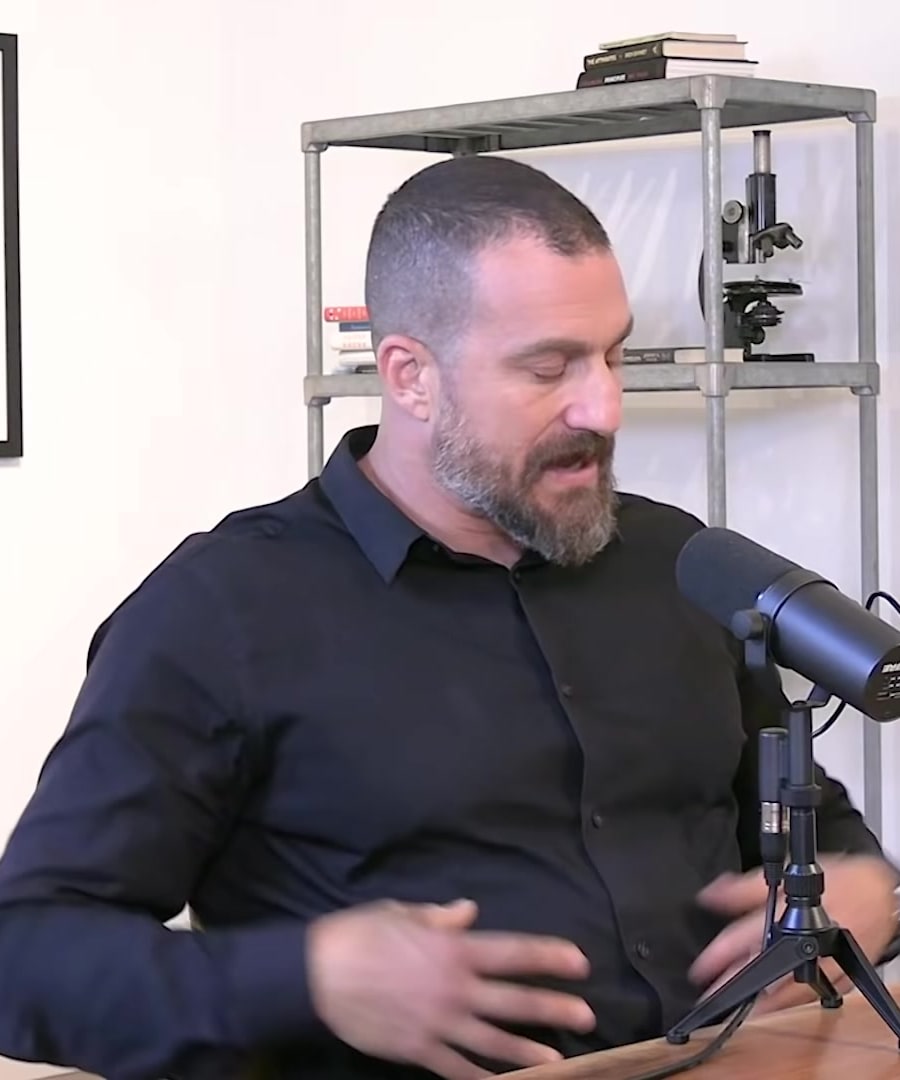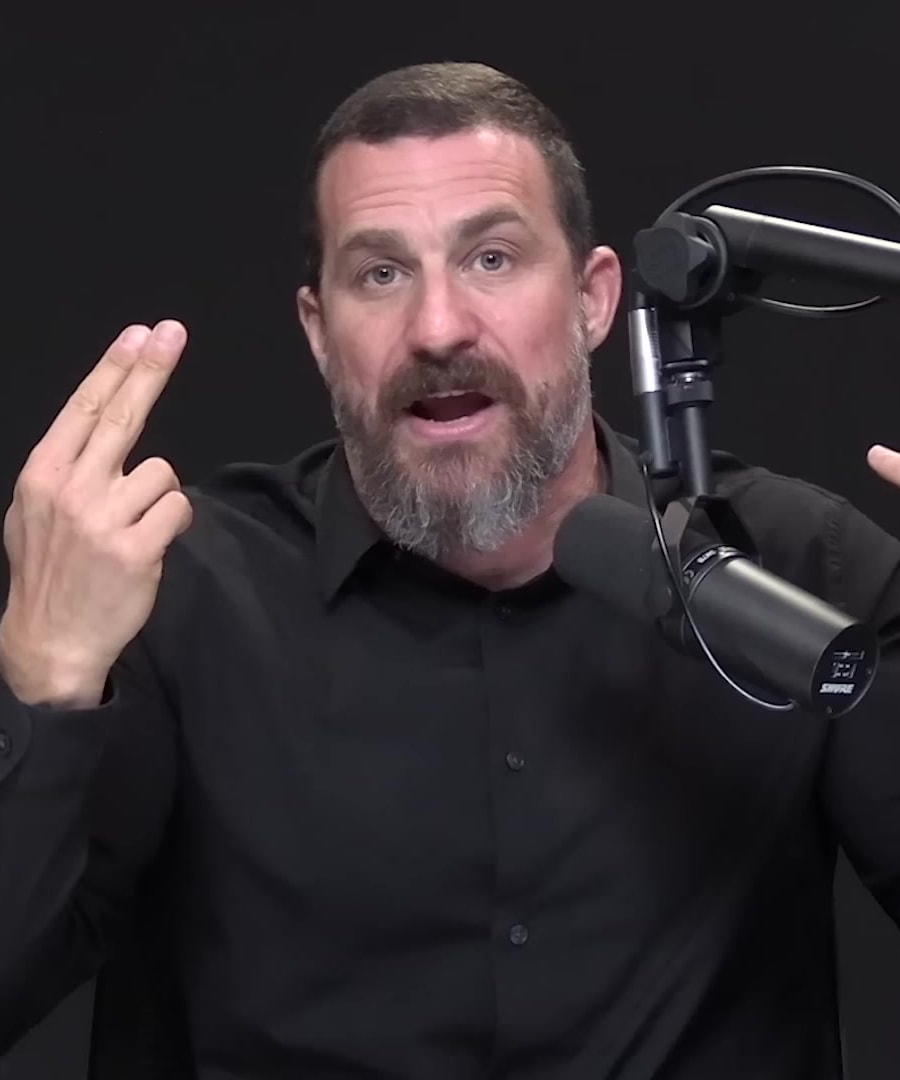How do intracostal muscles work?
Sources:
The intercostal muscles, situated between the ribs, play a crucial role in the mechanics of breathing. When you inhale, these muscles contract, which causes your rib cage to move up and expand. This expansion allows the lungs to also expand and take in air. Conversely, when you exhale, the intercostal muscles relax, helping to reduce the size of the rib cage and expel air from the lungs 1.
The intercostal muscles are controlled by nerves, specifically the phrenic nerve, which originates in the brainstem and extends down via the neck to innervate the diaphragm. This nerve, along with other neural pathways, also sends sensory feedback to your brain about the state of the diaphragm 1.
There are two general groups of muscles involved in breathing — the diaphragm and the intercostal muscles. The diaphragm sits below the lungs and moves downward during inhalation, creating more space for the lungs to expand. This motion is often referred to as diaphragmatic breathing. Both the diaphragm and intercostal muscles need neural input to function because they are skeletal muscles, unlike smooth muscles which can contract on their own without neural input 2 3.
Efficient breathing often involves using both diaphragmatic and intercostal muscle movements. For instance, during intense physical activity, both these muscle groups work synergistically to maximize lung expansion and improve oxygen intake 4.
RELATED QUESTIONS



